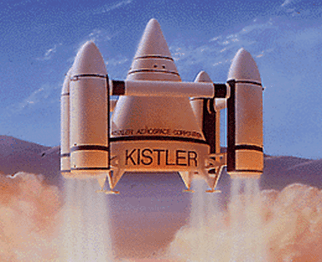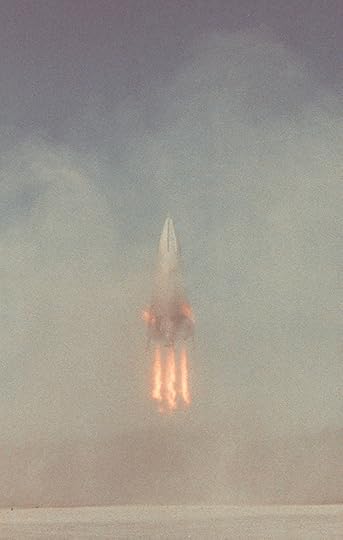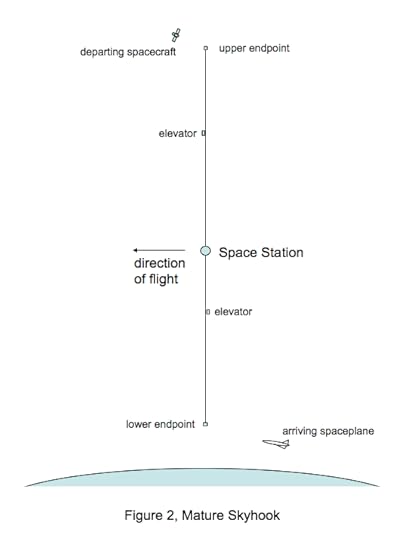Rocket Thoughts
Watching the delightful Flight 11 of the SpaceX Starship reminded me of some older thoughts I’d had last year after watching the booster catch. That was an amazing feat, proving the possibility of things I’d doubted.
Wow. I am staggered from watching SpaceX catch the SuperHeavy. I thought they must have had a good chance if they were calling their shot, but it was still amazing to watch it happen. Let me give some context for why I’m so amazed.
Three decades ago I watched Kistler Aerospace present their early two stage to orbit design. One feature was that the first stage had landing gear, but not the second. The second stage would land on a trampoline. They had video of a scale model being dropped on a trampoline with engineers standing around nodding. None of us took it seriously. Kistler eventually abandoned the idea. “No landing gear” was a mark of a design that didn’t make sense.

Other proposals would come down by parachute, which implied lots of difficulty in recovering the stage for the next flight. Delta Clipper went with the default powered landing onto legs, but DCX demonstrated the problems with that by burning when one leg failed to extend.

Now the SuperHeavy has been caught. I don’t expect B12 to fly again. The engineers will probably dissect it. But it’s the existence proof there’s a design that can land and be ready to fly again. That changes everything.

Follow-up: SpaceX made me change my mind again. There’s a space launch concept where a suborbital craft is caught by an orbiting tether, which pulls it into orbit. I always thought the precision needed was more than was practical. (Art by Skyhook1 on wikipedia)

I mean, you have this tether going at orbital velocity, the end moving faster if it’s a rotating tether, and you’re going to arrive in a one meter window at the same time as this ballistic vehicle just exiting the atmosphere? In a world of constant launch holds and scrubs, nope.
But now we’ve seen what level of precision a launch can achieve. That’s hitting a spot within inches, with a prototype. Clearly the precision needed for a tether-assisted launch is achievable. I just hadn’t believed it until I saw it.

If you’re wondering about the first time SpaceX changed my mind, one of my MS program papers confidently asserted turning an expendable vehicle into a reusable one is inferior to building a reusable one from scratch. Falcon 9 proved otherwise.
The second time SpaceX changed my mind: I used to be convinced Single Stage To Orbit was essential to have low cost, because stacking Shuttle was such a major pain in the tuchis. Then I saw the chopsticks just plunk one stage atop the other.



